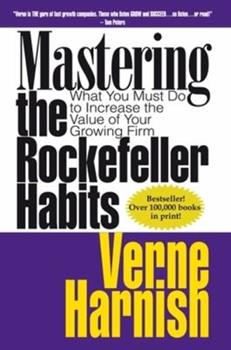Have you found that one idea that has dramatically changed your life, either professionally or personally? About three years ago, I found one idea that significantly improved the communication at the farm, team huddles. The increased and improved communication has eliminated many mistakes and increased accountability on my team. Looking back, I’m not sure how we made any progress before implementing this practice.
Team Huddles
At our facility, we have daily huddles with all managers and supervisors at the farm. The format is simple, and the meetings never exceed our 15-minute threshold. When things are clicking, we can be done in 5 minutes. Since its implementation, we have modified the agenda to best suit our needs. In our current format, we cover the following three topics:
- Positive Focus – We start the meeting with good news either personally or at the farm. This practice sets the tone for the meeting.
- Critical Numbers – We look at the metrics vital to our operations and help us make management decisions. Currently, we review Customer Fulfillment, Yield (pounds grown per square foot), and Picking Estimates.
- Hurdles – What are the issues of the day? With what do team members need assistance? Is there an event or problem coming up that we should all be anticipating?
That’s it. It’s important to understand that we don’t solve the hurdles in this meeting. If help is needed, resources and time are set aside to address the issue further. A simple example of a hurdle is if an employee quit the day before and we need to post the job in-house. The HR department can get the job posting up in a timely fashion. Other departments may have an employee that might like to transfer to the new job opening. And so on.
The Origin of the Idea
As I look back at how I found the one idea, it came from the book “Mastering The Rockefeller Habits” by Verne Harnish. It all started with a conversation with our health insurance agent, Dave Anderson, over lunch in 2009. He asked me if I had heard of Jim Rohn, a personal development guru. He shared a few of Mr. Rohn’s ideas with me, which inspired me to research online, which led me to Success Magazine. This monthly magazine focuses on individuals to exhibit success principles. I subscribed. Part of the subscription includes a bonus CD that includes interviews with some of the magazine’s subjects. In one of those CD’s, I heard a message from Dan Sullivan about how to entrepreneurs manage their time with the Entrepreneurial Time System (ETS). This idea was part of the curriculum of Mr. Sullivan’s business coaching program called Strategic Coach. I was in the process of purchasing the farm at the time, and I promised myself that the first thing I would do after I closed on the farm was to enroll in this coaching program. I settled on the farm in November of 2012 and attended my first session in January 2013. In this program, the first fellow business owner I met was Troy Royster, a commercial cleaning business based in Connecticut. After several sessions, Troy shared some ideas with me that he had been using from another program called Mastering the Rockefeller Habits. Our discussion prompted me to purchase the book, and that’s how I found the one idea.

It is an exciting exercise to dig deep about where the big ideas come from or, more precisely, that one idea. I’ve learned that my network, along with my interest in continuous improvement through coaching programs and reading good books, has led to this idea. And it only takes one idea to make a breakthrough.


